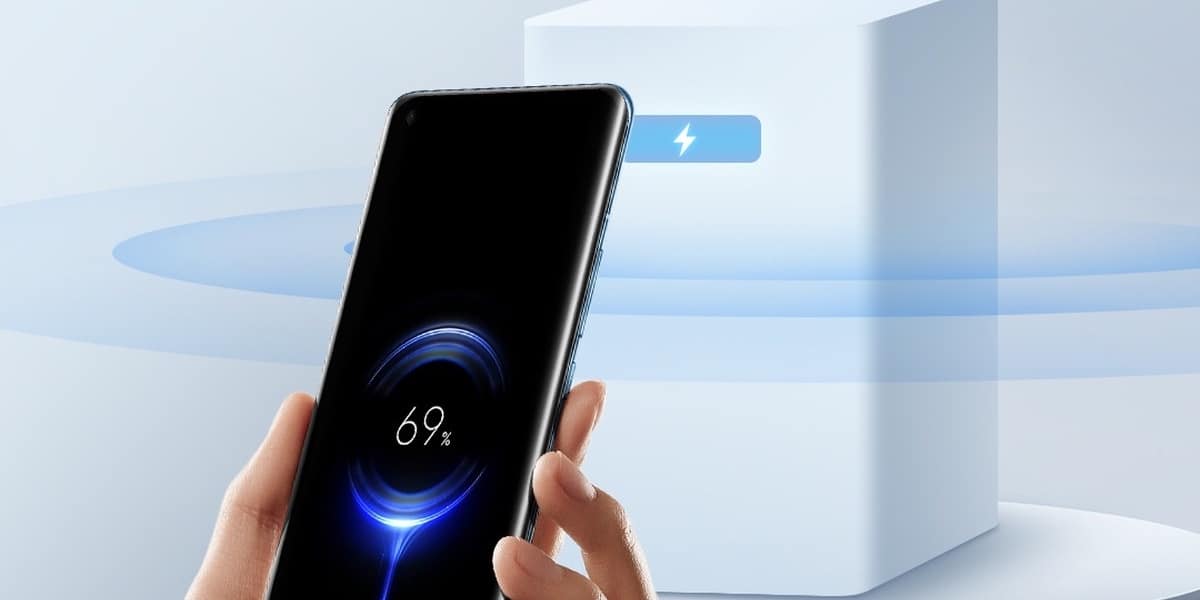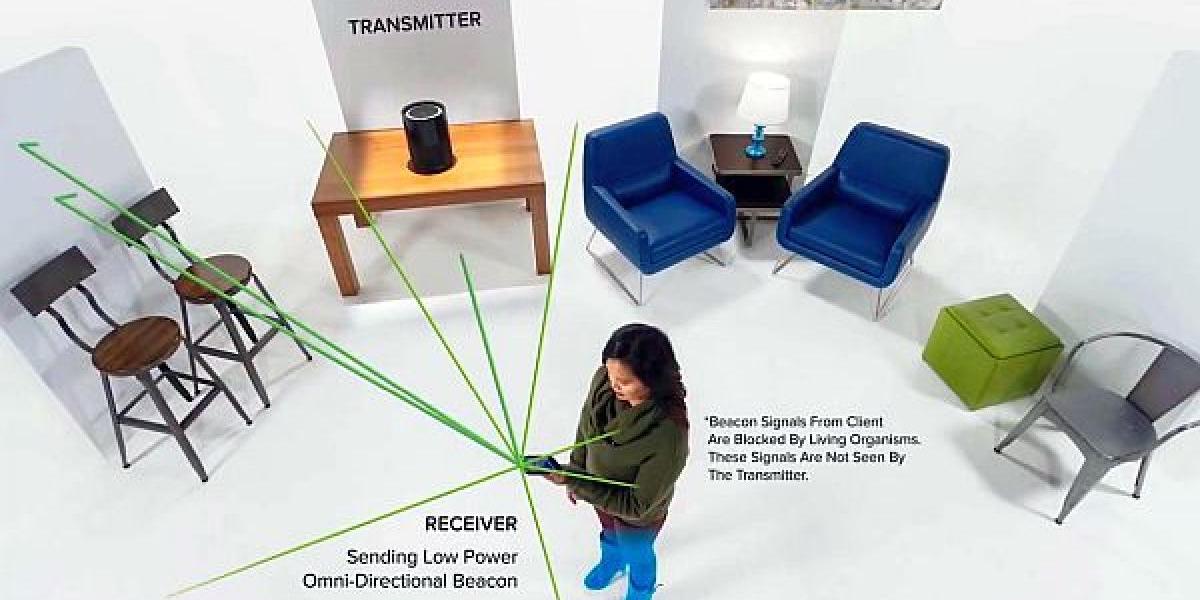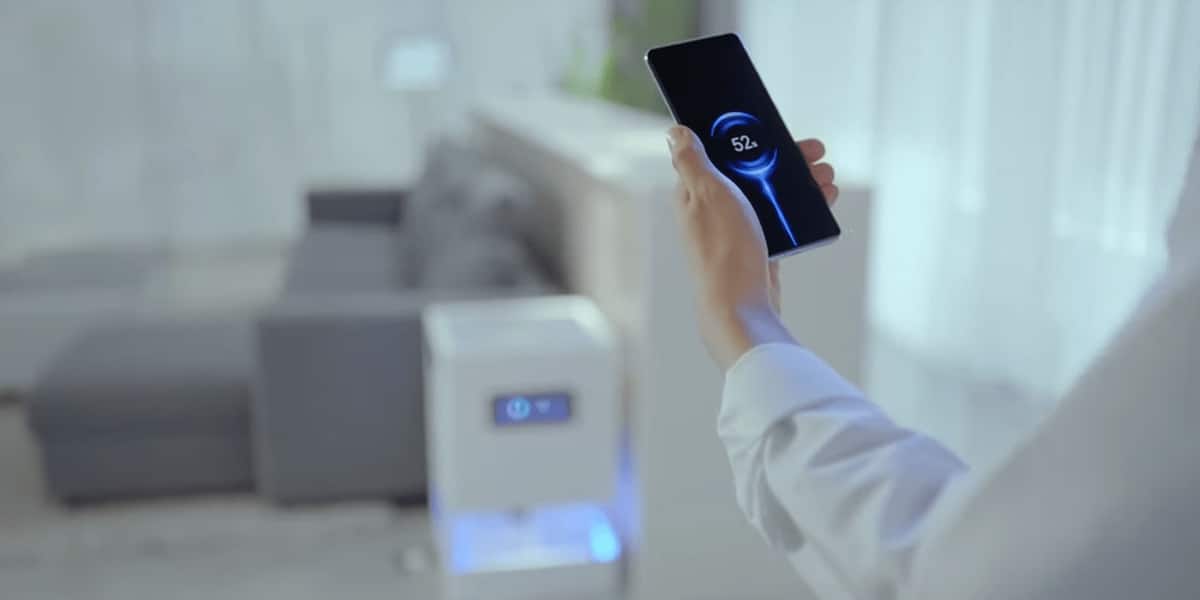
Although it was not officially announced until the beginning of this year that both Xiaomi as Motorola will have remote wireless chargingThis is something that has been speculated on for a long time. Since the wireless charging to our devices, over there year 2012 , this technology has meant a huge technological advance. At the time it was a real breakthrough. A technology that that promised we'd get rid of the wires once and for all, but this has not been the case.
As we have seen, almost 9 years later, the vast majority of users continue to use conventional chargers With cable. Few people today use wireless technology to charge their devices. The reason is almost always the same, even if smartphones have wireless charging technology, manufacturers do not include these chargers when purchasing. Having to buy them separately, having one that also works, has made this technology not finish taking off.
Xiaomi and Motorola offer "now" wireless remote charging
We are all clear about what wireless charging consists of. We put our smartphones on a base, and thanks to the contact and a technology developed for it, the device begins to charge its battery without having to plug it in. Now both Xiaomi as Motorola (and maybe several more manufacturers soon) They offer a wireless charging that does not need any contact. So it can make our phones charge at a distance. A priori is a really interesting novelty that surely can reach change the way we use our phones. But it looks like this will happen in the very long term.

One of the concerns that is repeated the most among users is if it remote charging can be harmful to health. With no intention of breaking a spear in favor of either of these two manufacturers, it seems logical that yes. We take for granted that a technology developed to the point of announcing it with great fanfare as a novelty to which we will soon have access, will have all the necessary studies and measures taken so that it is 100% safe. But without understanding anything about how charging is done, or its technology, the concern is understandable.
Somewhat ambiguous security measures
The point is that although both companies have coincided offering this technology, the development that each one has done it's completely different. Without going into detail, both claim that remote wireless charging is harmless to humans. And they emphasize that its use is totally safe. Remote wireless charging technology is not yet fully completed to offer it to the general public. We know that what was one of the most important obstacles, the physical obstacles, has been successfully overcome. Although it used to be a "problem", charging is already not affected in speed or interrupted even if there is something between the charger and the smartphone.
In this sense, since statements issued by Motorola, we can extract some security measures. Among inconclusive information, it follows that if a person gets in the way between the device and the charging source, this it will stop automatically. This statement, far from disregarding many, will make them believe even more questions. Why is this considered as a security measure? Does it pose any danger? Moment the security debate is served, and while we do not have the possibility of testing wireless charging remotely, we have no choice but to wait for new news and be patient so that it can soon reach all users.

From the confidence in the new technologies in development, we hope that wireless remote charging ends up being completely safe. And above all, we also hope to have access to it soon without having to pay a high cost for it. The truth is charge our mobile wireless, plus without having to let goIt would be a real breakthrough.